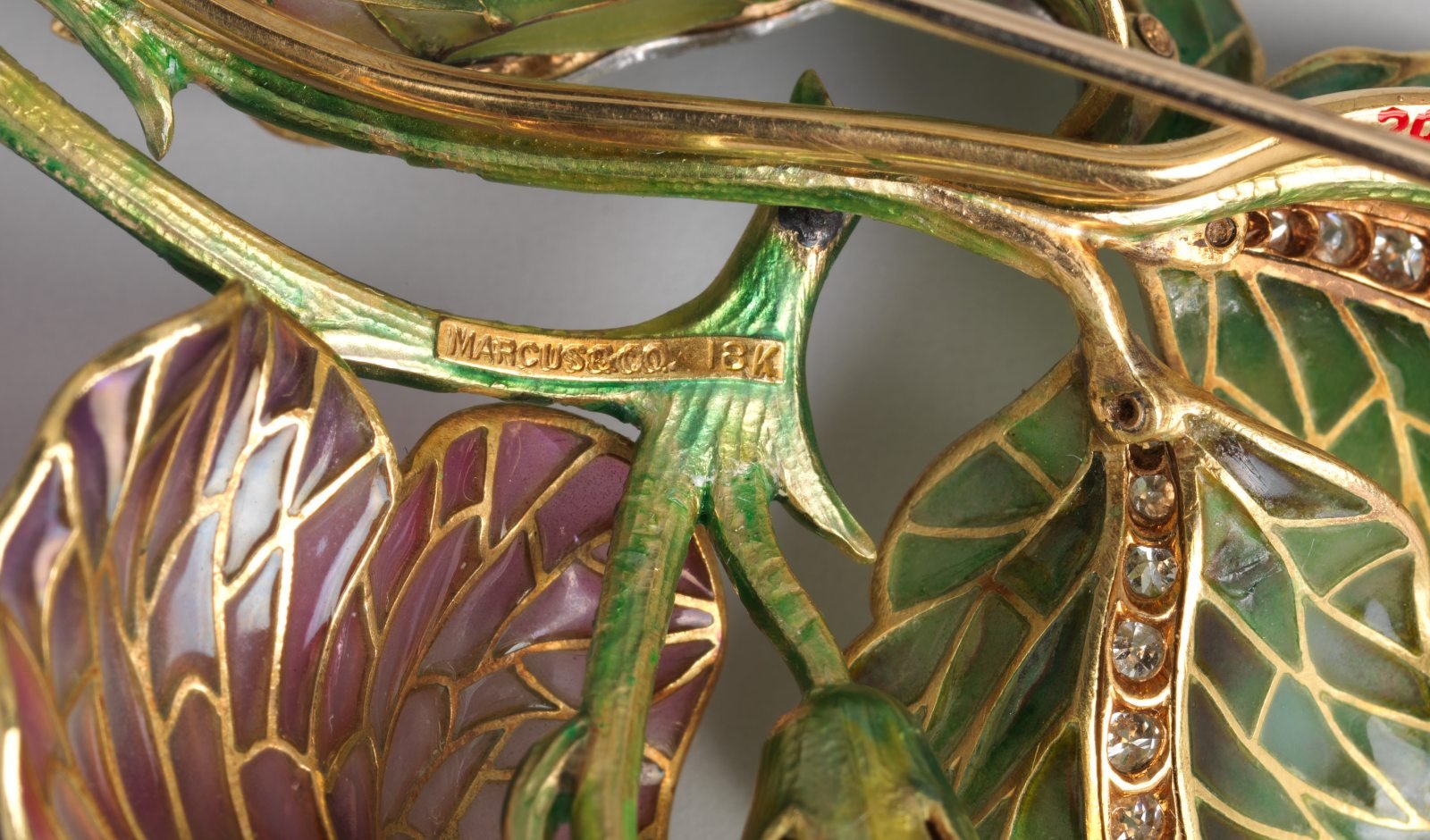
22 Feb How to Identify Estate Jewelry Hallmarks in San Diego
Seen Above: An antique Marcus & Co. brooch with hallmarks identifying the maker and gold purity (18K).
If you’re considering selling antique jewelry in San Diego, you’ve likely wondered how to identify estate jewelry hallmarks. In this article, C. Blackburn Jewelers of La Jolla will walk you through the essentials of recognizing hallmarks on fine jewelry.
Identifying these marks can be challenging and often requires a trained eye, as hallmarks carry a rich history and vary widely by country, era, and maker. If you’re unsure about a piece, visit our La Jolla jewelry store for a free, no-obligation verbal appraisal to take advantage our expertise — making the process easier for you.
Tell us about the item you have by calling 858-251-3006, or texting us a message at 619-723-8589.
What Is a Jewelry Hallmark?
A hallmark is a stamped mark on jewelry that indicates the amount of precious metal (like gold, silver, or platinum) in a piece. Beyond purity, additional marks may reveal the item’s origin, maker, and date of creation. These tiny engravings are key to understanding a piece’s value and authenticity, especially for estate or antique jewelry.
Note that not all antique jewelry bears hallmarks. Delicate pieces, artisan works, or items predating hallmarking laws may lack them entirely. Spotting and interpreting hallmarks requires a jeweler’s loupe, good lighting, and patience — mistakes are common without experience.

A Brief History of Hallmarking
Hallmarking began in 1300 under Edward I of England as a consumer protection measure. An assayer tested a piece’s metal content, and a hallmark guaranteed its purity. Over centuries, however, systems grew complex as countries developed unique rules.
For instance, the United States didn’t mandate hallmarks until 1906 — and even then, compliance was voluntary, with no official assay offices. In contrast, pseudo-hallmarks (fake marks to evade taxes) emerged in the late 19th century, adding further confusion. This tangled history makes hallmark identification a specialized skill.
Four Key Types of Estate Jewelry Hallmarks
Purity Marks: Pure gold (24 karat) is soft and impractical for jewelry, so it’s alloyed with other metals for durability. Purity marks show the gold content, measured in karats (e.g., 18k = 75% gold) or parts per thousand (e.g., 750 = 75%). Silver and platinum also carry purity marks, varying by country.
Maker’s Marks: These identify the jeweler or company responsible for the piece, often using initials, symbols, or logos. For example, Tiffany & Co. uses a distinct “T & Co” mark.
Date Letters: Originating in London in 1478, date letters mark the year a piece was assayed. In England, Goldsmiths’ Hall (where “hallmark” comes from) assigned each assayer a unique letter annually. Cycles repeated every 25 years with new fonts to avoid confusion, helping date pieces today.
Town Marks: As assay offices opened across Europe from the Middle Ages onward, town marks — like a city’s heraldic shield — indicated where a piece was tested. In France, Paris used one mark, while provinces had others.

Additional Marks to Know
Designer Marks: Found on pieces by notable designers like Fabergé or Art Nouveau artisans, these signify prestige.
Tally Marks: Used by journeymen in Britain and the U.S. to denote the craftsman.
Retailer Marks: Indicate the seller, such as Tiffany’s or Cartier.
Duty Marks: Show taxes were paid (common in Britain pre-1850s).
Import/Export Marks: Note cross-border tax status.
Patent/Inventory Numbers: Long numbers (e.g., on Cartier or Boucher pieces) that aid in dating or tracing a piece’s history.
Hallmarks by Country
Great Britain: Hallmarking has thrived for over 700 years. Gold bears a crown, with purity in carats (e.g., 18ct). Silver uses a lion (92.5% pure) or Britannia (95.8%). Standards evolved — 9ct, 14ct, and others joined 18ct and 22ct over time. Date letters and town marks remain key features.
United States: Hallmarks weren’t required until the 1906 Silver Stamping Act, but enforcement was lax. Makers self-certified purity (e.g., 10k, 14k), often with pictorial or numerical marks. Since 1961, maker’s marks (trademarks or names) became mandatory. “K” denotes U.S. karats, unlike Britain’s “ct.”
France: Since 1838, French hallmarks focus on purity and maker. Paris silver (800/1000) uses a boar’s head, provinces a crab; gold (18k+) an eagle; platinum a dog’s head (post-1910). Maker’s marks, required since 1797, are initials in a lozenge shape.
Germany: Before 1884, cities used “Lothig” units (16 = pure gold/silver; 13 = 812.5/1000). Post-1884, marks shifted to karats or parts per thousand, often combined with maker’s marks.

Practical Tips for Identifying Hallmarks
Tools: Use a 10x jeweler’s loupe and bright light to inspect hidden spots (clasps, insides of rings, etc.).
Condition: Wear or damage can obscure marks — clean gently if needed.
Research: Compare marks to online databases or hallmark guides (e.g., London Assay Office records).
Modern Context: Today, counterfeit marks are a risk — expert verification is wise.
Why It Matters
Hallmarks unlock a piece’s story — its age, origin, and worth. For sellers, they’re critical to maximizing value. Yet, their absence doesn’t always diminish a piece; craftsmanship and provenance can still shine.
Let Us Help
Confused by a hallmark — or lack thereof? C. Blackburn Jewelers offers free verbal appraisals to decode your jewelry’s secrets. Contact us today — no strings attached. Call 858-251-3006, or send us a text message at 619-723-8589 to set up an appointment. You can also send us an email by using the contact form below.
Related La Jolla Jewelry Posts:
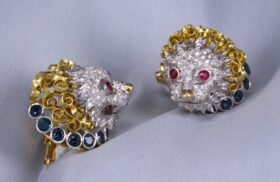 Identifying Vintage, Antique & Estate Jewelry
Identifying Vintage, Antique & Estate Jewelry
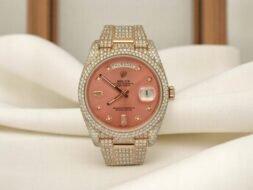 Where to Sell a Rolex President (Day-Date) in San Diego
Where to Sell a Rolex President (Day-Date) in San Diego
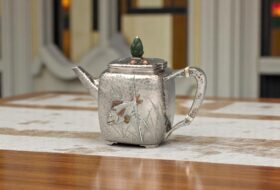 Sell Silver Tiffany Vases, Pitchers, Bowls, Plates & Teapots
Sell Silver Tiffany Vases, Pitchers, Bowls, Plates & Teapots
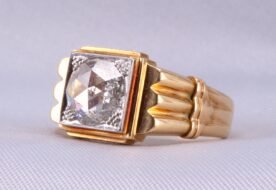 The Best Resources for Estate Jewelry in San Diego
The Best Resources for Estate Jewelry in San Diego
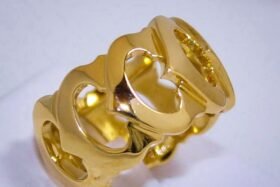 How Can I Tell if My Gold Jewelry is Real?
How Can I Tell if My Gold Jewelry is Real?
 La Jolla Fine Jewelry Glossary & Shopping Tips
La Jolla Fine Jewelry Glossary & Shopping Tips
